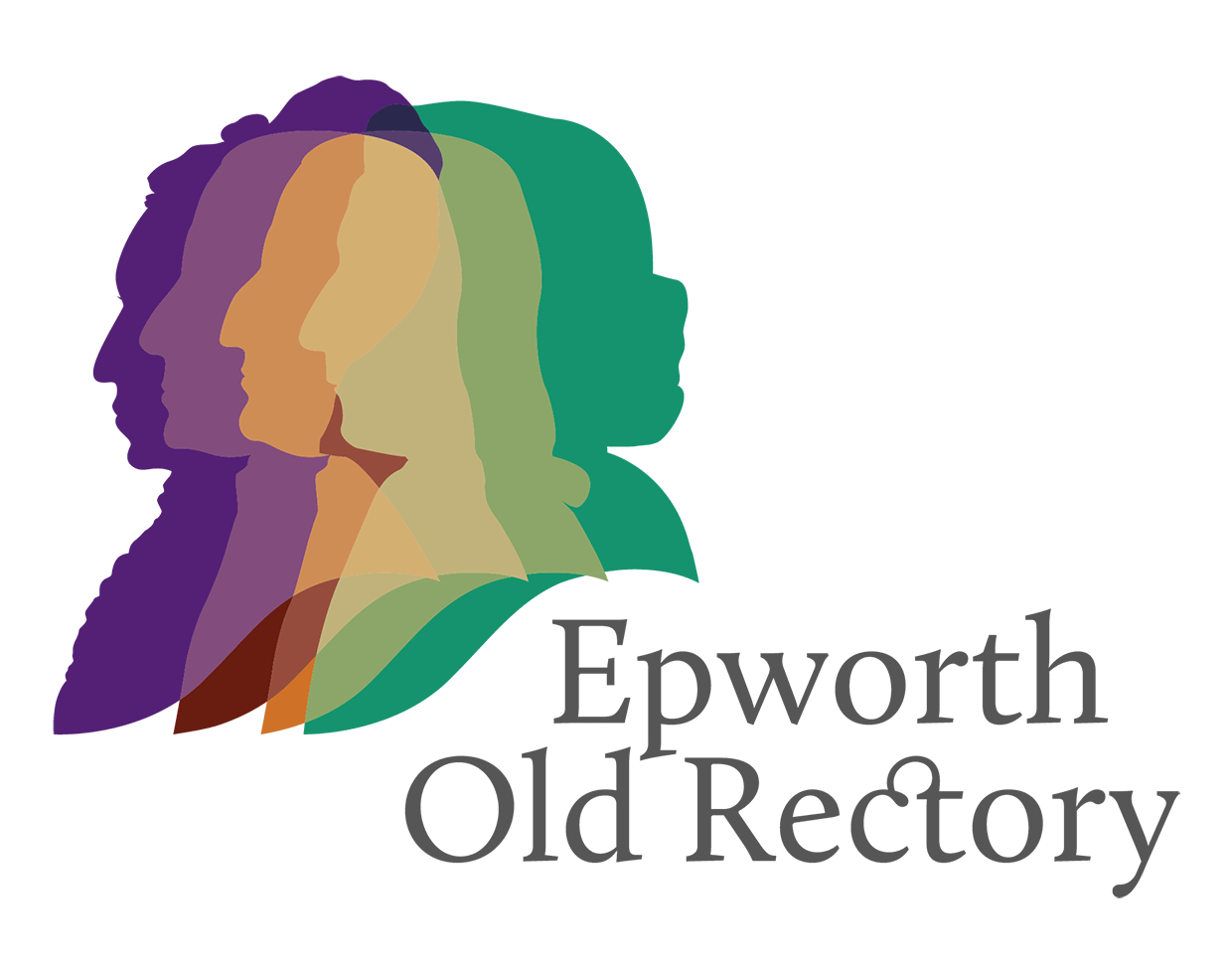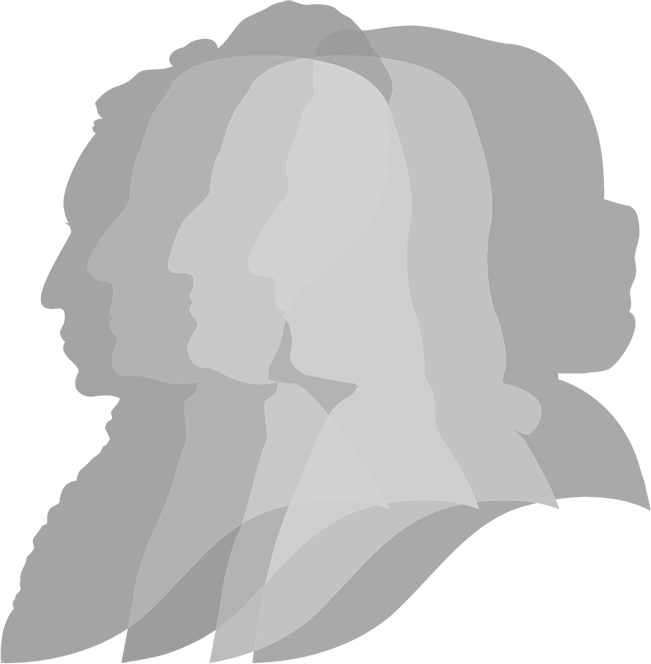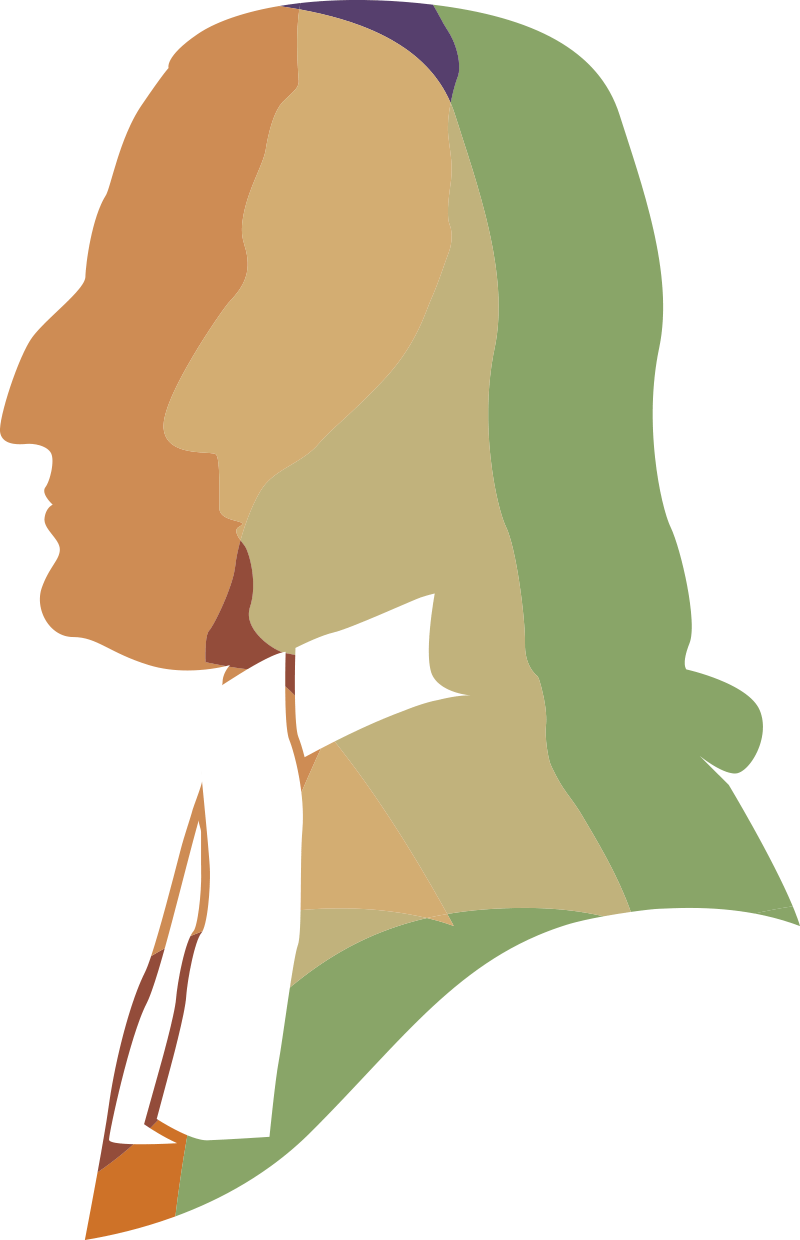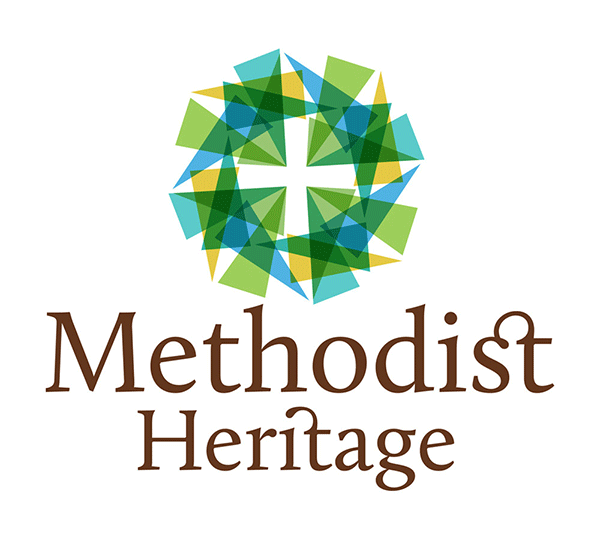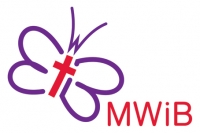Wife - Mother - Teacher

Susanna Wesley, mother of John and Charles Wesley, was one of their most influential teachers. She inspired much of her sons’ work, earning the epithet The Mother of Methodism.
Childhood
Susanna Annesley was born on 20th January 1669 in Spitalfields, London. The daughter of Rev Dr Samuel Annesley and his second wife, she was the twenty-fourth child of Annesley’s twenty-four or twenty-five children.
Rev Annesley was a popular dissenting clergyman and Susanna grew up surrounded by ideas that differed from the established Church of England. He father lead a congregation of over 800 Presbyterians in Spitalfields.
In an era when less stock was placed on the education of women, Rev Annesley provided his daughters with a high-quality education. They were encouraged to read widely, choosing what they liked from his personal collection of books. They were also taught to establish their own views and challenge ideas they did not agree with.
Challenging ideas she did not fully agree with became a tenet of Susanna’s life from childhood. In 1682, aged only thirteen, Susanna declared to her father her wish to join the established Church of England. It appears to be to Rev Annesley’s credit that he accepted his daughter’s decision.
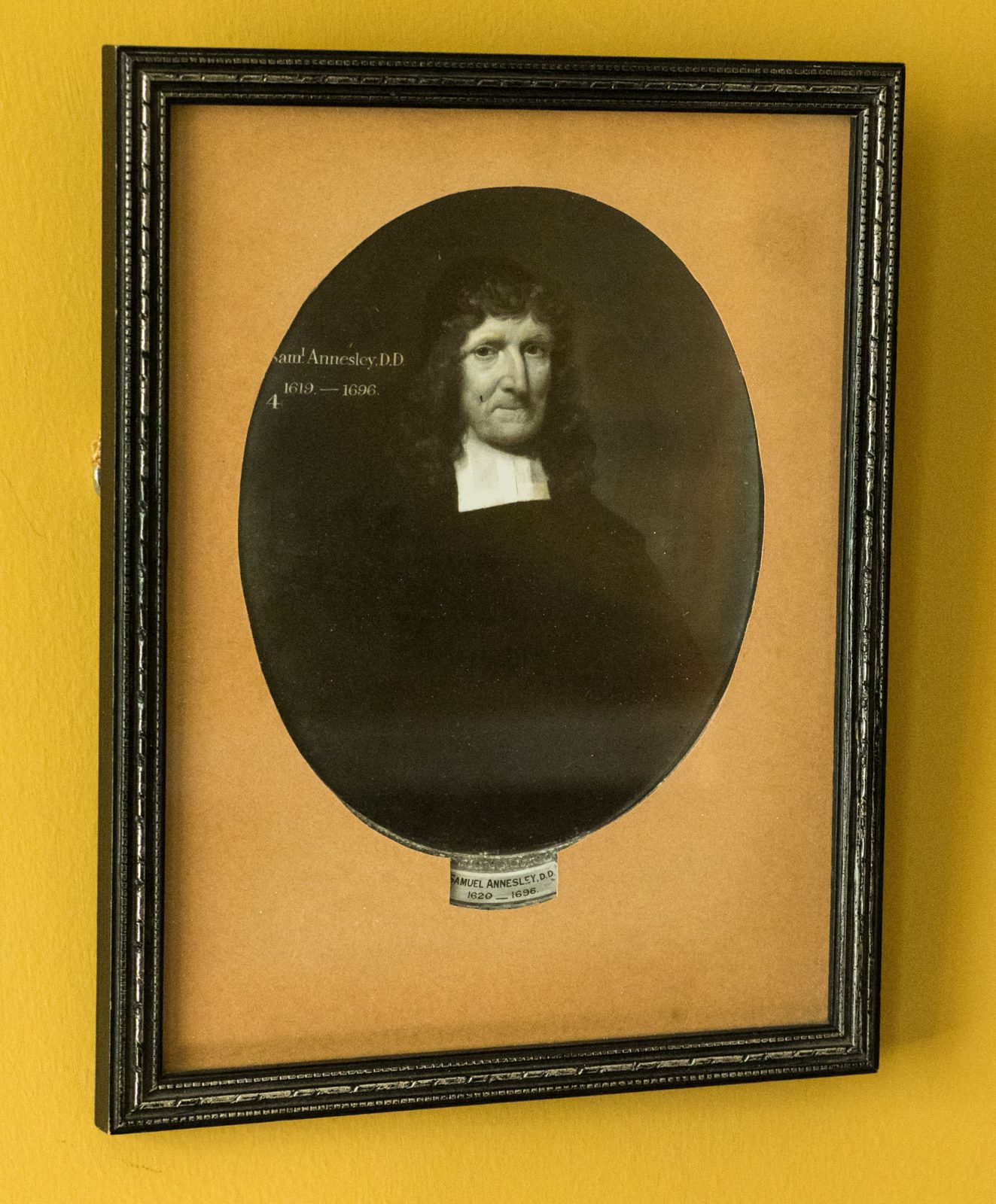
Meeting Samuel and Marriage
In August 1682, at the wedding of her sister Elizabeth to John Dunton, Susanna met Samuel Wesley. Six years later, in the winter of 1688, nineteen year old Susanna married Samuel, who was seven years her senior.
After a number of short tenancies at parishes around England, Samuel, his wife and their growing family moved to Epworth in 1697.
Despite Samuel’s belief that Susanna would be the perfect, dutiful wife, tensions rose in their marriage, due to their equally strong and often opposing views. One occasion when these tensions reached boiling point was in their early years at Epworth.
Strong Political Views
Samuel Wesley was a staunch Royalist, supporting whichever monarch happened to be on the throne at the time. Susanna, however, having been taught by her father to challenge views she did not agree with, refused to acknowledge William III (of Orange) as King, following the death of Queen Mary II in 1694. Susanna had always believed James II, and Prince Charles Edward Stuart (Bonnie Prince Charlie) after him, to be the rightful monarchs. It was her opinion that a God-ordained monarch could not be deposed.
When, in 1702, during family prayers, Samuel prayed for William III, Susanna refused to say “Amen”. She could not be persuaded to turn from her support of the Catholic Stuarts and Samuel viewed this slight to the reigning monarch as unforgivable. He saw separation as their only solution, declaring:
You and I must part; for if we have two kings, we have two beds.
Samuel Wesley
After initially refusing to return to Susanna, despite William III’s death, husband and wife were reconciled.
Mother and Teacher
Susanna and Samuel had nineteen children, but due to the high infant mortality rate only ten reached adulthood.
After the February 1709 Epworth rectory fire, the children were housed with other families. Susanna was keen to get them back into her fold as soon as possible. She believed that, being out of her sight, her children had forgotten strict observance of the Sabbath and had learnt rude habits and a “clownish accent”.
As a mother she wanted to ensure her children received a strong Christian and moral education. Her children began their education at age five and were expected to learn the alphabet on their first day. When daughters Molly and Nancy took a day and a half she was frustrated by their slow progress. They were also taught Greek and Latin, with Hetty reputedly being able to read parts of the New Testament in Greek by age eight.
Her unusual attention to her daughters’ education was no doubt inspired by her own progressive education. Susanna was highly critical of typically feminine work being given a higher priority than other forms of education for girls.
…for the putting children to learn sewing before they can read perfectly is the very reason why so few women can read fit to be heard, and never to be well understood.
Susanna Wesley
Preacher
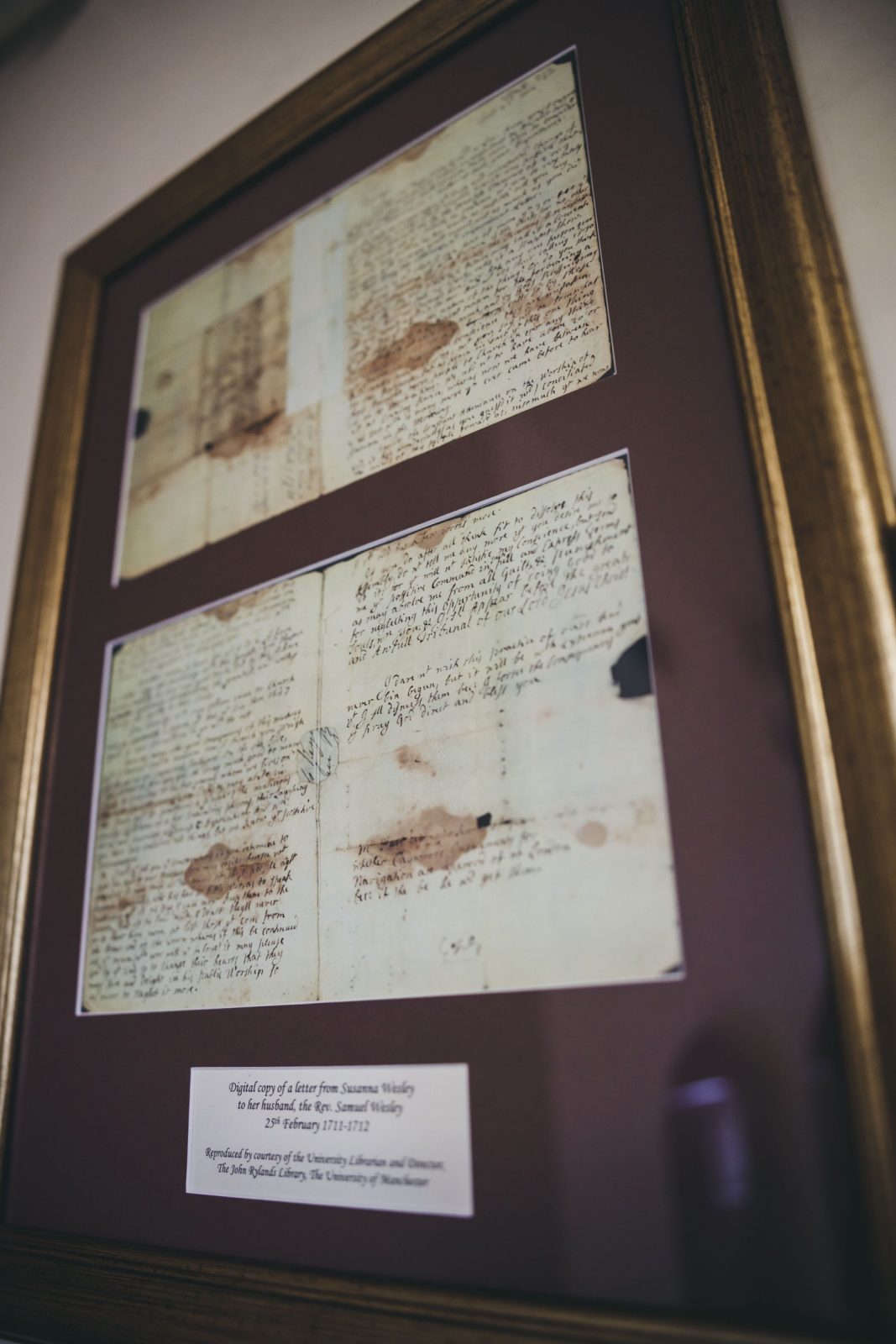
When Samuel was in London for the Church of England Convocation of 1712 he left his curate, Inman, in charge of St Andrew’s Church. Susanna believed Inman to be an unskilled preacher, deeming her own skills to be stronger. On a Sunday, Susanna began inviting the few friends she had in the local area, her servants and children to listen to her preach. The locals also did not like Inman, choosing Susanna as their preacher. Her “congregations” reached over two-hundred in the Rectory’s kitchens.
Angered, Inman complained to Samuel, citing the indecency of a woman preaching. Samuel wrote to his wife to persuade her to stop. However, Susanna, keeping to her father’s rule of challenging what she did not agree with, refused. In no uncertain terms she told her husband that she believed she was doing what God wanted. If she did not preach then the locals would not receive a proper religious education. She told Samuel that she would only dissolve the meetings if he expressly commanded her to stop. That was the only way she could satisfy her conscience if she had to cease bringing the word of God to people willing to listen. However, Susanna warned Samuel that if he made her stop, this matter would be brought before God on Judgement Day.
…you and I shall appear before the great and awful tribunal of our Lord Jesus Christ.
Susanna Wesley
The Mother of Methodism
Growing up in Epworth rectory, under the formidable influence of their mother, John and Charles brought her ideas into Methodism.
They used the teaching methods they had first experienced around the rectory kitchen table. John wrote to her to seek advice about how she had educated him and his siblings, so he could build a portfolio of ideas. John likely used these ideas in the development of the Kingswood School, which he took over from George Whitefield in 1748. The initial intention of the school was to teach the poor to read. Like his mother, John also saw the importance of educating girls and provided education for them through this school.
John’s inclusion of lay preachers (non-ordained local preachers) within the early Methodist movement is also attributed to Susanna’s influence. John was eight or nine years old when Susanna preached to the Epworth locals in 1712. As John had witnessed her defend her preaching against the criticisms of Inman and Samuel, so John in later life defended his field-preaching.
A great deal of the inspiration for the Methodist movement stemmed from two childhoods spent in the Epworth rectory. Susanna became The Mother of Methodism.
Later Life and Death
Following her husband’s death in 1735 Susanna left the Rectory and Epworth. She was forced to sell much of their furniture to pay Samuel’s debts. In her remaining years she spent time living with a number of her children. Her final year was spent with John at the Foundery, his first London base.
In July 1742 Susanna died and was buried in Bunhill Fields Cemetery, a Dissenters graveyard, opposite where City Road Chapel now stands.
Recommended Books About Susanna Wesley
The following books are both available in the Old Rectory shop and were used as references for writing this web-page:
- G.M. Best, Susanna Wesley (Clevedon: Woodspring Resource Centre, 2013)
- Charles I. Wallace, From a Mother’s Pen: Selections from the spiritual writing of Susanna Wesley (London: Methodist Publishing, 2019)
